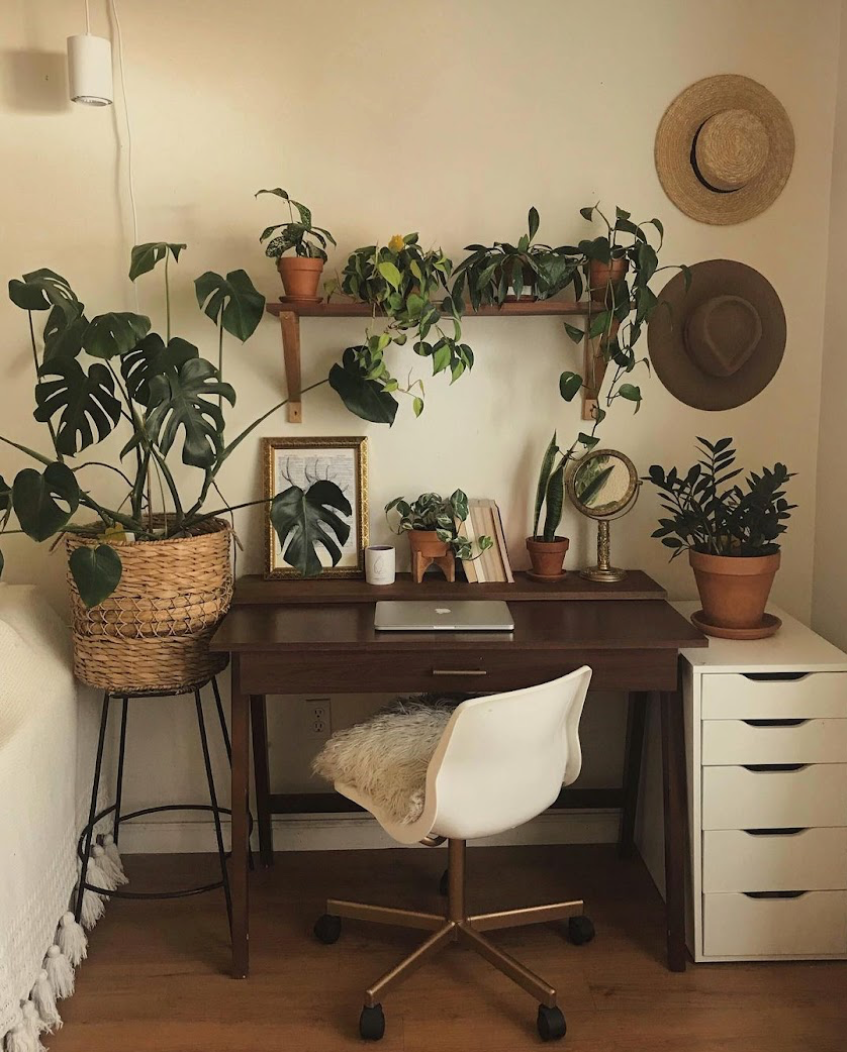
Are you struggling with spider mites that have invaded your houseplants? These tiny houseplant pests can rapidly multiply and cause significant harm to your plants if not dealt with. However, don't panic, as we're here to provide you with some practical tips and tricks to help you identify and treat spider mites like a pro!
Identifying Spider Mites
1.) Look for webbing on the leaves and stems of your plant, which is produced by the mites.
image via the University of Minnesota Extension
2.) Check for small yellow or white spots on the leaves, which are a result of the mites feeding on the plant's sap. Sometimes the leaves will dry and curl up around the inside of the leaf.

image via Soybean Research Info
3.) Examine the undersides of the leaves for the mites themselves, which are about the size of a pinhead. The most popular spider mite is called the "Two Spotted Spider Mite" which is yellow with two black spots as an adult.

image via Epic Gardening
Treating Spider Mites
· Water Spray: Wash your plant with a spray bottle filled with water to dislodge any mites and remove webbing. If the plant is sturdy, a higher pressured spray like that from a hose is better than a light spray bottle.
· Insecticidal Soap: Use insecticidal soap to get rid of spider mites safely and effectively. Spray the soap onto the affected leaves, making sure to cover both the tops and undersides. Leave the soap on for a few hours, then rinse the leaves with water.
· Neem Oil: using Neem oil, a natural insecticide, to get rid of spider mites. Mix a small amount of neem oil with water and spray it onto the affected leaves.

DIY: Mix a few drops of dish soap such as Dawn in a spray bottle and shake to mix. Spray the effected leaves to kill off the spider mites.
Repeat all of these methods a few times a week for several weeks to kill off all generations and eggs that might hatch. Spider mites usually live a few days, with younger ones hatching and laying eggs all the time. It may take over a month to finally be rid of the majority of the Spider Mite population.
Spider Mite Tips
Tip: Make sure to Quarantine: Isolate the affected plant to prevent the mites from spreading to other plants. Place the plant in a separate room or area until the infestation is under control.
Tip: Spider mites hate humidity. Keep your plant in a more humid environment to keep the spider mite population manageable.
Dealing with spider mites can be a frustrating experience for any plant enthusiast, but with the right approach, you can easily get rid of them. By identifying spider mites early on and using the proper treatment methods, you can prevent them from causing serious damage to your houseplants. Keep a close eye on your plants and take action if you suspect an infestation. With these tips, you'll be able to eliminate spider mites and keep your houseplants healthy and thriving for years to come. Happy growing!



